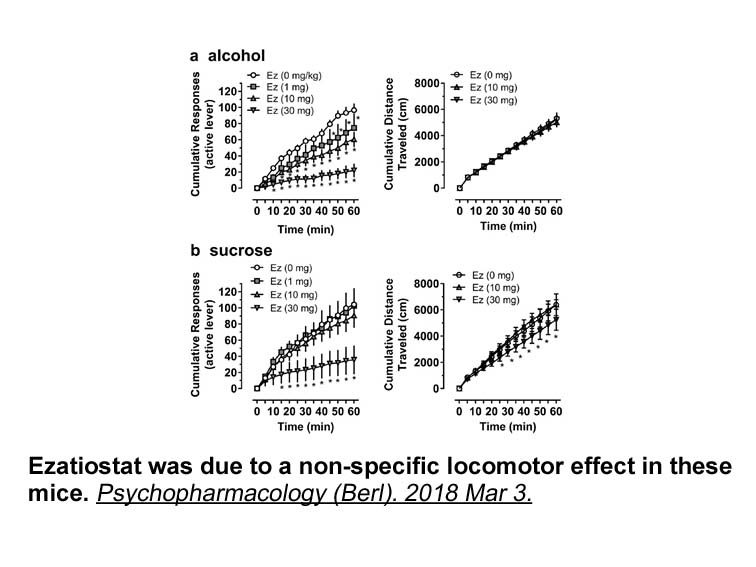Archives
Reprogramming differentiated somatic cells to
Reprogramming differentiated somatic apexbio dilution to induced pluripotent stem cells (iPSCs) enables re-differentiation to a wide array of cell types (Yamanaka, 2012) and is of considerable value for disease modeling, functional genomics, drug discovery, and regenerative medicine. The Next Generation Genetic Association Studies consortium was developed to exploit the power of iPSC-derived cells for gaining insight into the functional implications of human genetic variation, and has generated iPSCs from thousands of patients with defined genetic variations (http://www.wicell.org/home/stem-cell-lines/collections/collections.cmsx). The liver plays a crucial role in many physiological processes, including lipid and lipoprotein metabolism and the differentiation of human iPSCs to hepatocyte-like cells (HLCs) provides a model system to study hepatocyte-specific functions of human disease and gain mechanistic insights.
In the current study, iPSCs from TD and matched control subjects were generated and differentiated into HLCs. The TD HLCs were shown to have severely impaired cholesterol efflux and nascent HDL formation, as well as increased TG secretion. Gene expression analysis of TD and control HLCs revealed an increase in ANGPTL3 expression, confirmed by assay of this protein in the media and plasma. These results illustrate the utility of iPSC-derived HLCs in disease modeling, highlight the importance of human hepatic ABCA1 in both HDL and TG metabolism, and show that ABCA1 deficiency results in upregulation of ANGPTL3, which is known to influence HDL and TG metabolism.
Materials and Methods
Results
Discussion
Our understanding of human hepatocyte ABCA1 deficiency is limited because of unavailability of primary cells for cellular and molecular studies. Subject-specific iPSCs can serve as a renewable source of human primary cells to study molecular processes underlying the pathogenesis of complex diseases. In the present work, we generated iPSC-derived HLCs from Tangier disease patients and matched control subjects to investigate the functional effects of human hepatic ABCA1 deficiency. IPSC-derived macrophages from TD patients exhibited the hallmark defect in cholesterol efflux (Zhang et al., 2015). TD HLCs failed to mediate cholesterol and PL efflux to lipid-free apoA-I or produce nascent HDL particles. Interestingly, TD HLCs displayed increased TG secretion together with increased ANGPTL3 expression and secretion, consistent with the increased plasma ANGPTL3 and elevated plasma TG levels seen in TD patients.
The critical role of hepatic ABCA1 in maintaining plasma HDL has been established in the hepatocyte-specific ABCA1 knockout (HSKO) mice (Timmins et al., 2005). However, primary hepatocytes from patients with rare genetic disorders are typically not available. As a result, the functional significance of human hepatic ABCA1 deficiency has remained unexplored. iPSC-derived HLCs allowed us to directly test the canonical function of human hepatocyte ABCA1. Control HLCs in the presence or absence of exogenous apoA-I produced HDL particles that eluted in the typical two-size species pattern. TD HLCs, however, were not able to mediate lipid efflux for nascent HDL formation. These observations emphasize the essential role of hepatic ABCA1 in human HDL biogenesis.
Besides severe HDL deficiency, most TD patients have increased fasting or postprandial TG at variable levels (Kolovou et al., 2003; Liu et al., 2012). The inverse association between plasma TG and HDL also exists in ABCA1 heterozygous subjects (Clee et al., 2000). Increased hepatic VLDL-TG secretion and delayed clearance of TG owing to decreased LPL activity have been suggested as two mechanisms responsible for elevated TG in TD subjec ts. Support for the first mechanism has come from a series of studies in McA cells and HSKO mice that have demonstrated increased VLDL-TG secretion in a PI3 kinase-dependent manner when ABCA1 was silenced or deleted (Chung et al., 2010a; Chung et al., 2010b). The findings of the present study provide evidence for a similar mechanism linking ABCA1 expression and plasma TG levels in human hepatocytes. Secretion of newly synthesized TG from TD HLCs was significantly increased relative to control cells. Increased TG secretion in TD HLCs may be secondary to the loss of nascent HDL formation, and may be mediated by PI3 kinase, as proposed by Liu et al. (Liu et al., 2012).
ts. Support for the first mechanism has come from a series of studies in McA cells and HSKO mice that have demonstrated increased VLDL-TG secretion in a PI3 kinase-dependent manner when ABCA1 was silenced or deleted (Chung et al., 2010a; Chung et al., 2010b). The findings of the present study provide evidence for a similar mechanism linking ABCA1 expression and plasma TG levels in human hepatocytes. Secretion of newly synthesized TG from TD HLCs was significantly increased relative to control cells. Increased TG secretion in TD HLCs may be secondary to the loss of nascent HDL formation, and may be mediated by PI3 kinase, as proposed by Liu et al. (Liu et al., 2012).